
The Daimler Fighting Vehicles Project
F20333 Daimler Heavy Restoration Project
Daimler Heavy Restoration Project
Notes on the history of two Daimler Armoured Cars provided by Mr Gordon W.I. McMillan, 2011
(Received with many thanks Singe)
This in an attempt to document what I know of the history of two Daimler Armoured cars, a Mk1 and a Mk2, serial numbers were not recorded but might become known later.
Some time after both these units were declared surplus, they were probably intended to be used as range targets in southern Scotland, but were instead donated to the local council (Dumfriesshire?) for use in childrens playgrounds.
The Mark 1 had the right side hull door welded open, engine hatch welded down, and various other items tacked to retain them, and was then sited in one corner of a children’s playground in Dalbeattie. It was clearly visible from John’s Street, the main A711, as you passed through the town. This was where I first saw it and took a few snaps.
The wheels were dug in to hull depth, then backfilled, and the interior was full of earth and other materials… There was notable paint wear to the outside where the children had been doing as children do, but externally it just seemed to be missing the front locker, plus it had a terrible welded repair to the cut gun barrel that was several degrees out of true.
I heard later that the local council had received several enquiries over the years, but had always refused to sell. However there had been a number of incidents with children injuring themselves on the steelwork, so the scene was set when I reported the existence of the Mk1 to two friends who were interested in military equipment at that time, Tom Hamilton from Plean, and Hamish Taylor from Denny, both in Stirlingshire. Tom made all the enquiries and arrangements with the council, and in the course of those it turned out that there was another armoured car, a Mark 2, dug in some miles away,(possibly at Kirkcudbright) and the council wanted rid of them as a pair.
Tom took charge of the recovery, and he elected to keep the Mark 2, with Hamish getting the Mark 1. The recovery took a full day and did not involve me, but I know they had trouble getting both units out of their dug in positions and had to end up winching them out with a local WW2 Scammel. Eventually both returned to Woodyett Farm in Denny where I believe they were craned off.
Tom’s decision to take the Mark 2 initially looked more sensible, as the Mark 2 had been welded fully shut and should have had a complete interior, whereas the Mark 1 had been welded with the fighting compartment open, and the interior was completely wrecked plus it was open to the elements.
Unfortunately someone had levered open the right rear small hatch on the Mk2 engine cover and removed, I think two, spark plugs. This had allowed water into the cylinders and the engine had seized solid. As far as I know Tom did nothing with the Mark 2 subsequently and eventually sold it on – where is it now?
Hamish Taylor was somewhat more used to Daimlers, as he already had a Mk3 Dingo, and being a farmer he was more used to making reluctant equipment work again.
As received, the Mark 1 was in a much worse state, particularly the interior, but the engine hatch had been solidly welded down and on removal of the weld the engine compartment was found to be in almost mint condition, right down to the oil in the sump and the antifreeze in the engine. Very little was done to the engine subsequently, apart from hot-wiring the ignition, and replacing the military coil with a Lucas unit from an old Mini to get it going again when it came time to sell it.
When the various temporary welds had been removed, the first job was to remove about a ton of rubbish from the interior. When that had been done a list of the main problems was made up;
• Steering wheels were toast.
• All the drivers instruments were smashed beyond repair.
• All the transmission control cables and linkages were rotted through
• Turret basket / floor were gone.
• Both fuel tanks were junk.
Fortunately Hamish had heard of Chris Wilkinson at St Albans, and after one false start we made a trip down there and came back with much of the missing equipment, particularly a replacement temperature gauge, front steering wheel, two fuel tanks, and one particularly critical item – the Bowden cable for the Wilson pre-selector.
On testing, one of the ‘new’ fuel tanks leaked, so the armour was only removed at one side and one replacement tank fitted. All the other instruments and controls were hooked up, and with the electrics still hot wired the machine was just about operational. Both the master cylinders were rebuilt and bled through, after which the brakes worked.
It was in that condition that the machine went to the only show it attended while Hamish had it, the Scottish Transport Extravaganza at Glamis Castle in Perthshire, where that year’s special guest, Stirling Moss, was quite taken with it.
Hamish did not get a chance to do much more with it, and eventually sold it on to Ian McGregor for the Cavern Collection, after which we lost track of it.
Being so long ago I really have no clue when all this happened, though it could not have been much earlier than 1975 or much later than 1985.
****************************************************************************
As far as I can ascertain the car was bought from the Cavern Collection by Mr Geoff Minter who then ran the cars around an estate in Northumberland. From here it was deposited at the Beverly Transport Museum and whilst in storage their was stripped of internal parts (presumably for restoration).




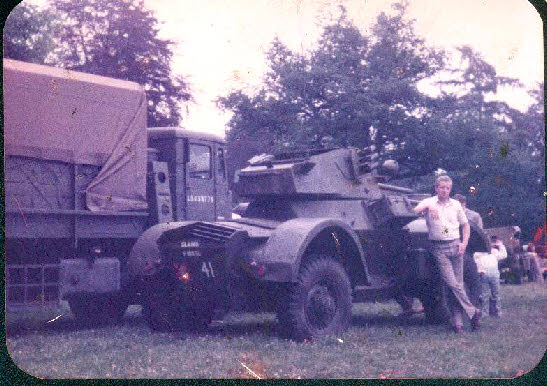

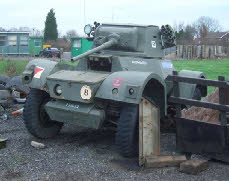
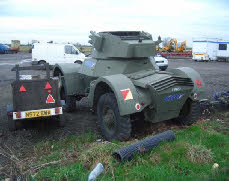

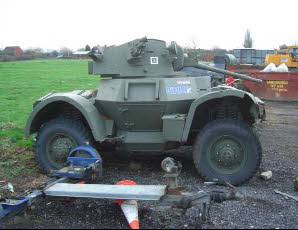
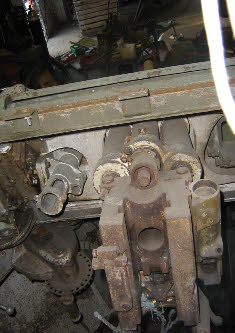
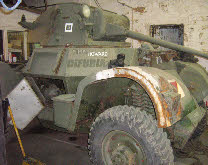

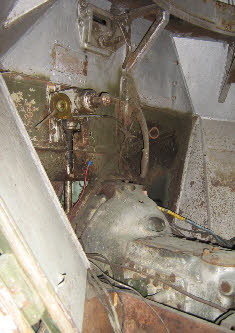
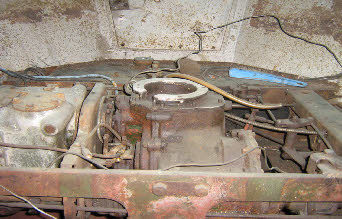
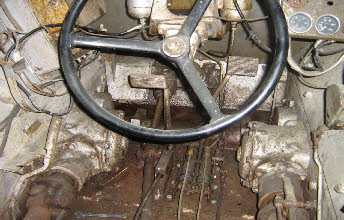

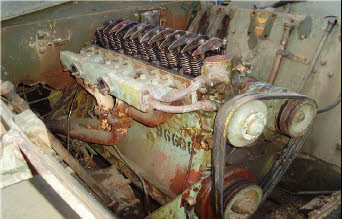
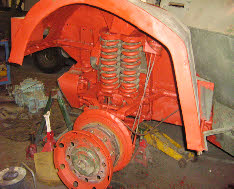
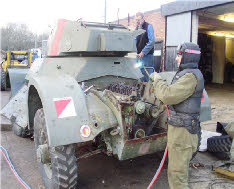

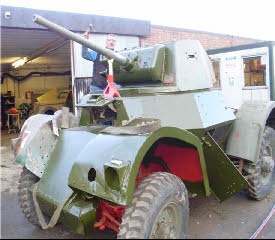
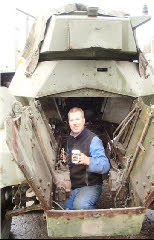


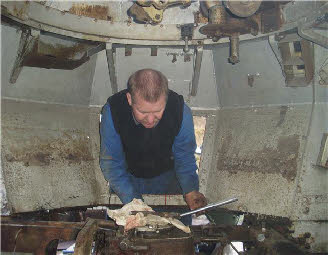
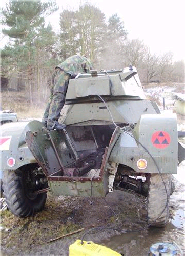

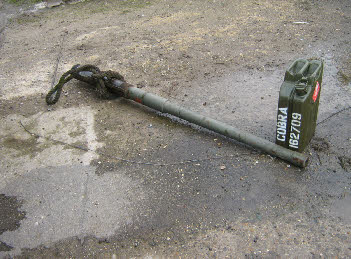

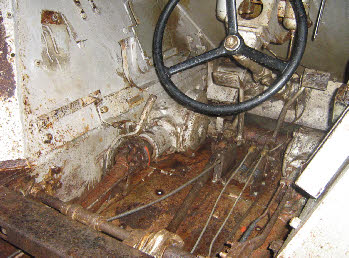
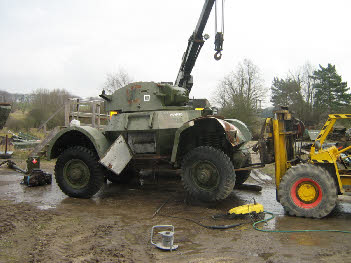

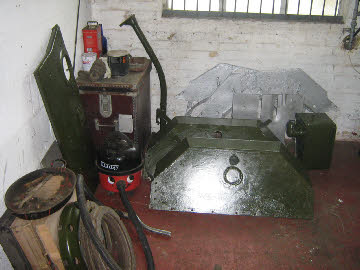

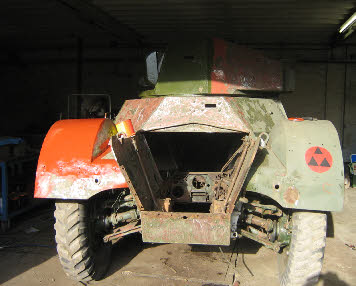

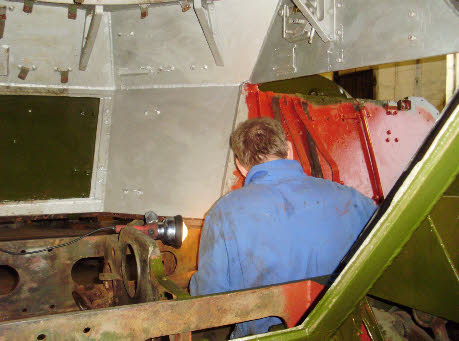

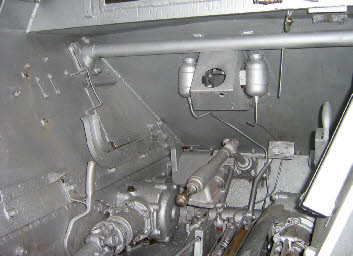
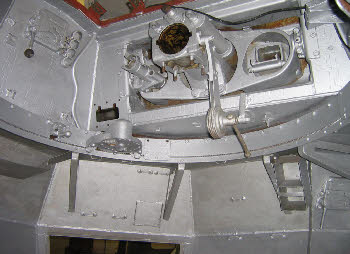
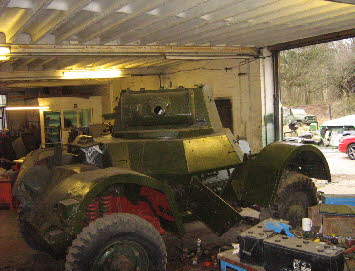
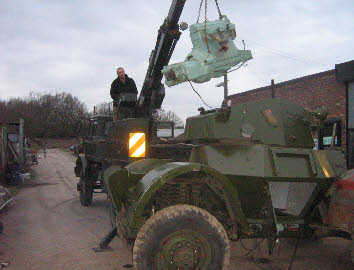
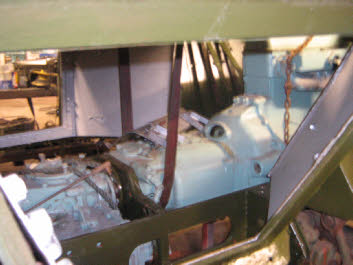
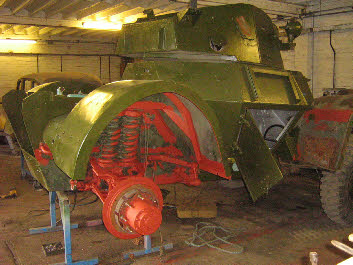
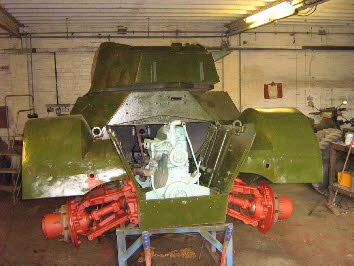
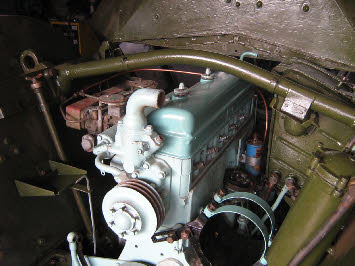
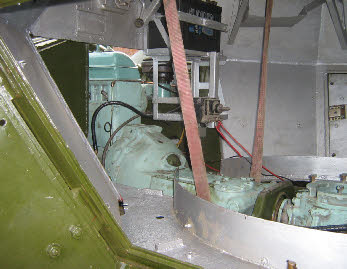
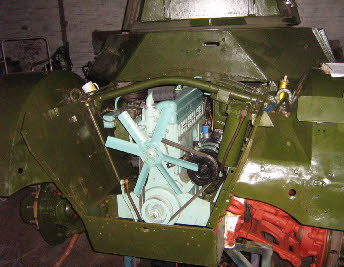
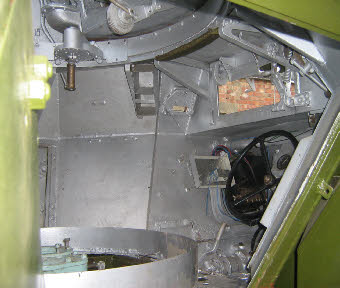

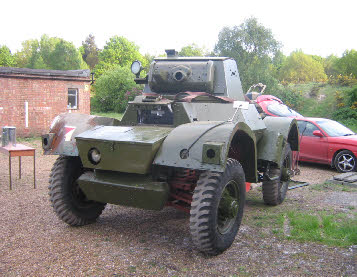
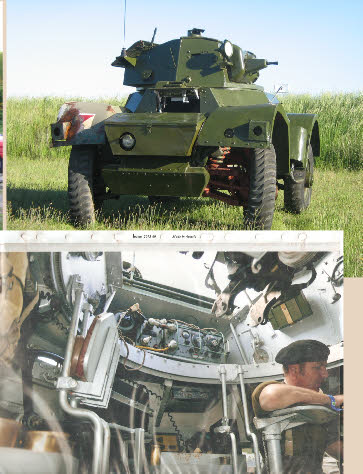
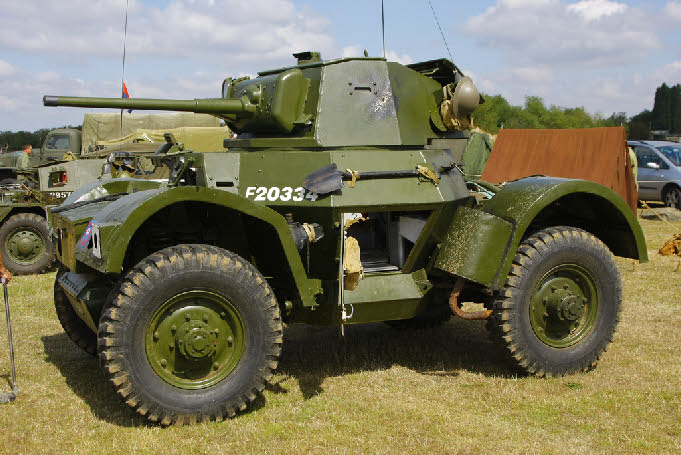
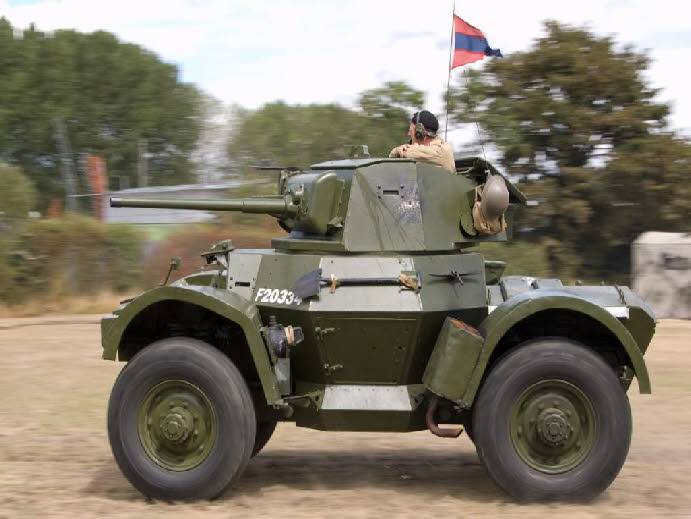

****************************************************************************
Upon the Museums closure the car was sold without the removed internals and was used by a plant company for advertisement work. At sometime during this period the front wing was crushed, the tractor shafts damaged and other mechanical parts broken or removed.
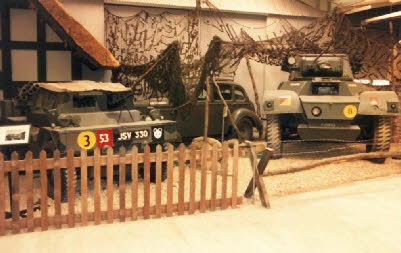
****************************************************************************
Bellow are pictures of the car as I first saw it and subsequently purchased it in Jan 2009
****************************************************************************
The restoration began in Jan 2009 and the bulk of the work to get a driving vehicle completed in July of the same year. It took approximately 2000 hours of work.